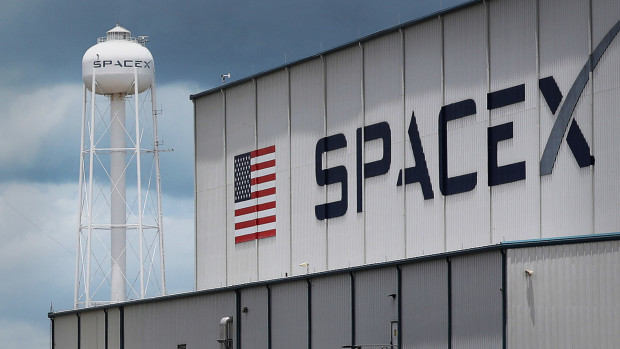
Elon Musk, founder and CEO of SpaceX, has long been intent on guiding humanity to Mars. The success of that mission, according to the tech billionaire, hinges on the ability to make space travel more affordable, something he has been working on for years.
"If one can figure out how to effectively reuse rockets just like airplanes, the cost of access to space will be reduced by as much as a factor of a hundred," Musk said in 2015. "A fully reusable vehicle has never been done before. That really is the fundamental breakthrough needed to revolutionize access to space."
DON'T MISS: Elon Musk's Feud With Mark Zuckerberg Just Hit a New Level of Immaturity
SpaceX designed its Falcon 9 rocket to be semi-reusable. The booster component of the two-stage rocket was engineered to break off and return to Earth, where it can be prepared for another launch.
"Reusability allows SpaceX to refly the most expensive parts of the rocket," the company's website reads, "which in turn drives down the cost of space access."
As of July 10, SpaceX -- with its Falcon 9 rocket -- has broken its own record for rocket reuse. SpaceX's latest launch, which sent 22 Starlink satellites into orbit, marked the 16th time this specific rocket booster was used. The booster landed safely on the deck of the ship called Just Read the Instructions less than 10 minutes after takeoff.
This same rocket booster was the engine behind SpaceX's first crewed mission in 2020, which launched two NASA astronauts to the International Space Station, according to Space.com. A separate SpaceX Falcon 9 booster has racked up 15 flights, and several others have launched 14 times.
More Elon Musk:
- Read the Cease and Desist Letter Twitter Just Sent Mark Zuckerberg
- Elon Musk Takes a Surprising Stance on the War in Ukraine
- Elon Musk Has a Big Prediction That Could Shake Up The Auto Industry
Following this most recent launch, SpaceX now has more than 4,000 of its Starlink internet satellites in low orbit around Earth.
This record-breaking Falcon 9 flight launched just before midnight U.S. Eastern on July 9, out of Cape Canaveral Space Force Base in Florida.







